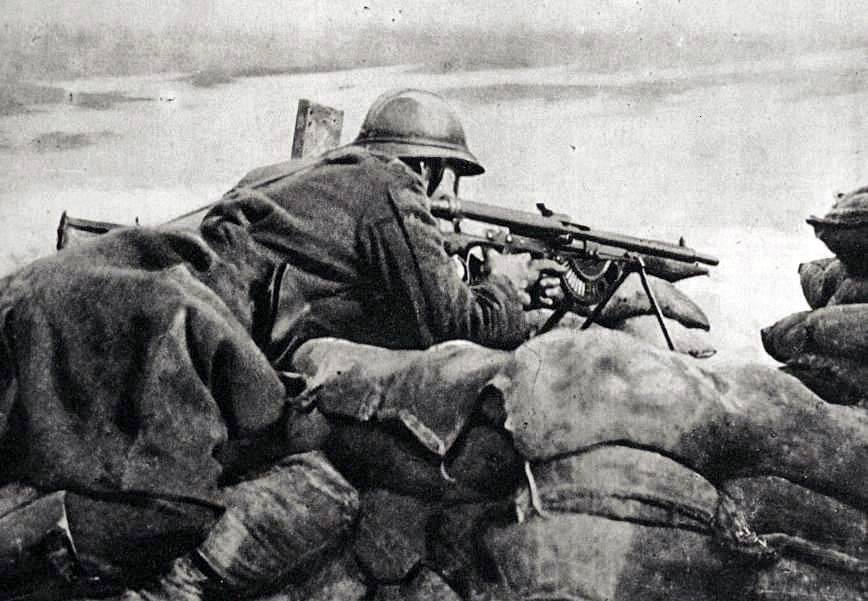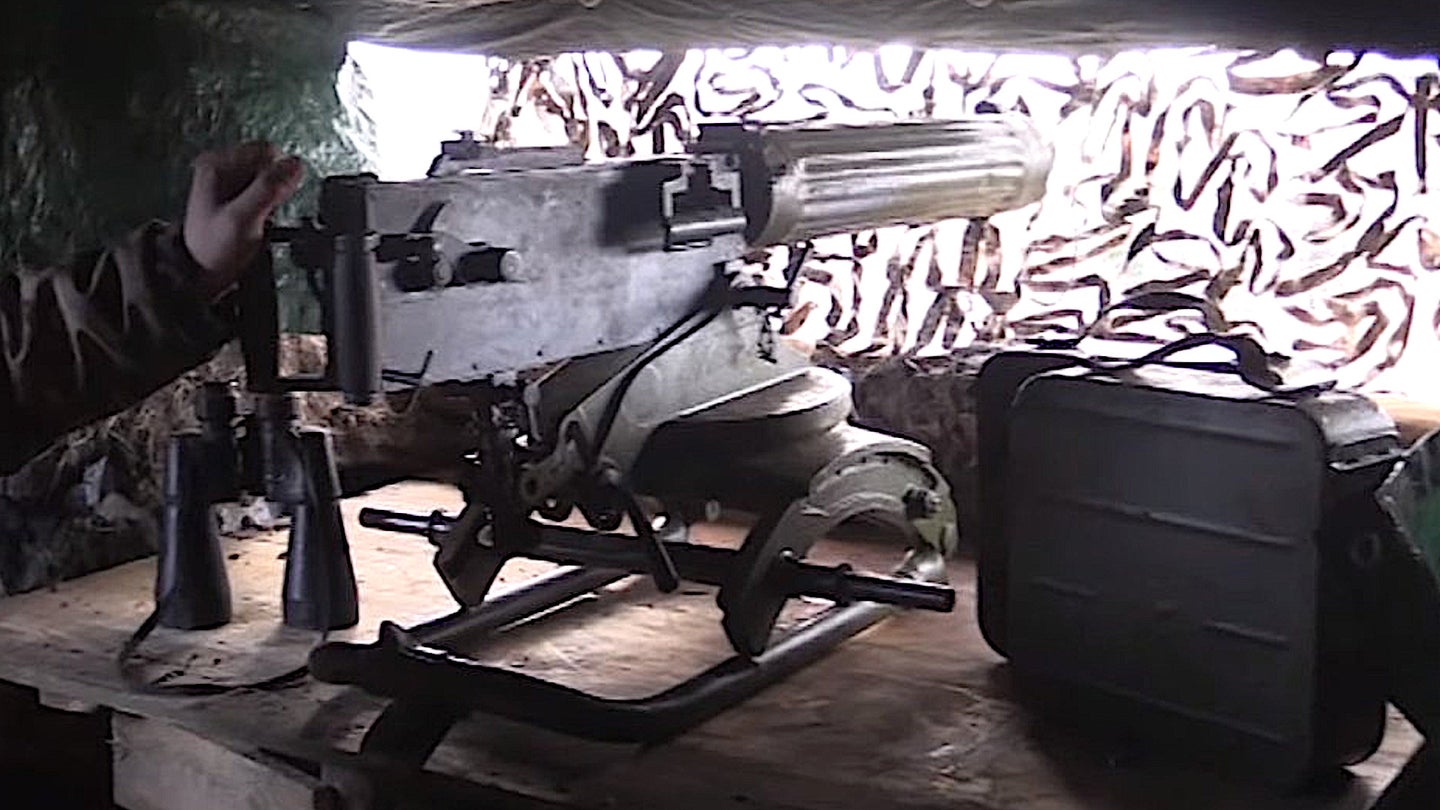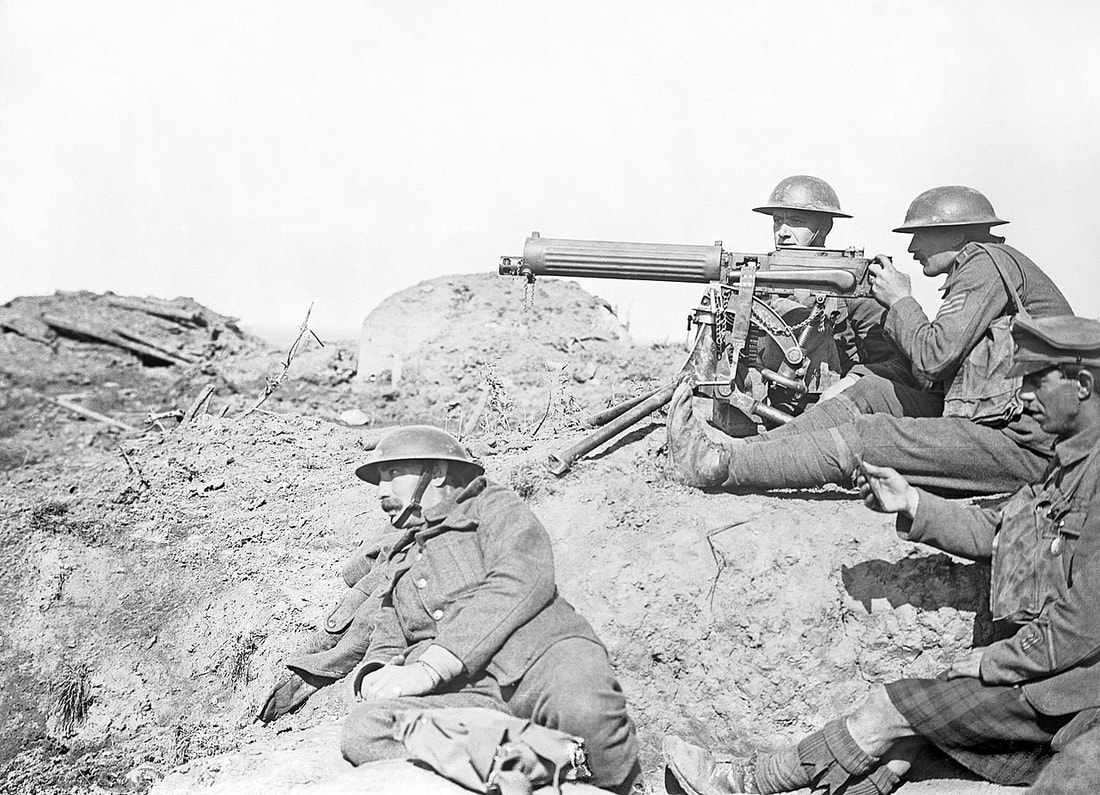Depending upon the gunner and conditions, a barrel change could be needed as typically as every 200 to 250 rounds. When the hot barrel was removed, it was set aside until it was cool enough to use once again. Machine-gun groups would have as many as 6 extra barrels on hand.
Driving through a just recently protected location in Belgium, the observant Liniewski identified the deserted weapon in a field. Liniewski then did what any unsupervised GI would have performed in that position; he stopped his truck and seized the opportunity to snag a terrific souvenir for the folks back home. As an assistance soldier, Liniewski was not familiar enough with weapons to dismantle his MG-42, so he hung on to it for a while until he found a camp where German detainees of war were being held.
The weapon remained in the Liniewski household up until 2016 when his child Marty donated the weapon to the Museum. In spite of its propensity to overheat, the MG-42 was an excellent weapon that was light-years of ahead of the United States equivalent, the Browning M-1919A4 machine weapon. Germany produced roughly 400,000 MG-42s throughout the war, some of which are still in active service.

Taken together, all these weapons offered the Red Army a more useful variety of support weapons, better able to challenge the Germans for fire supremacy on the battleground. Totally illustrated, this research study describes the innovation and the strategies of these gatling gun. Kept in mind authority Chris Mc, Nab sets out how these gatling gun were distributed and tactically applied and provides numerous examples of the weapons in action, from attack teams on the streets of Stalingrad to tank crews having a hard time for survival at Kursk.
8 Heavy Machine-guns Of Wwi - The Facts
Illustrated with top quality pictures and specially commissioned art work, this is a deep analysis of these important tools of warfare within the Soviet forces.
Taken together, all these weapons offered the Red Army a more useful variety of support weapons, better able to challenge the Germans for fire supremacy on the battleground. Completely illustrated, this research study describes the innovation and the tactics of these machine guns. Kept in mind authority Chris Mc, Nab sets out how these gatling gun were distributed and tactically applied and offers many examples of the weapons in action, from attack groups on the streets of Stalingrad to tank teams having a hard time for survival at Kursk.
Illustrated with top quality pictures and specifically commissioned art work, this is a deep analysis of these vital tools of warfare within the Soviet forces.
The machine weapon business, commanded by a captain, had an assigned strength of 6 commissioned officers and 172 enlisted guys, and carried 16 weapons, four of which were spares. Within the business there were 3 squads and a head office section. A very first lieutenant led the very first squad, while 2nd lieutenants led squadrons two and three.
What Does Weapons Of World War I Do?


Within each area were two gun teams, each with one weapon and nine males, led by corporals. The weapon team had one fight cart, pulled by a mule, to carry its gun and ammunition as near to the shooting position as opponent fire permitted. From there the teams moved the guns and ammo forward by hand.
It had just 2 business, identical to the other device gun companies in terms of personnel and weapons. Each weapon team utilized a special motor car to carry its workers, weapon and equipment.
In this function the weapons were placed 300 to 1000 meters to the back of the cutting edge. When they used their guns because style, the device weapon officers frequently faced opposition from the rifle business commanders, who chose to have the guns further forward, fearing that their infantrymen would be at danger of roaming low rounds as they advanced under the overhead gatling gun fire.
They quickly discovered that the device guns were high top priority targets for enemy fire, and that it was useful to have the guns at some distance from the infantry positions. Considering that opponent machine weapons postured the best risk to the assaulting soldiers, the maker gun teams made every effort to find the enemy weapons and to concentrate their fire upon them.
The smart Trick of Trench Warfare And The Development Of The Light Machine Gun That Nobody is Discussing
A proportion of the weapons was kept back as a reserve under command of the maker weapon officer. 6Machine gun tactical doctrine dictated that in the defense the Hotchkiss weapons ought to just seldom be located within 100 lawns of the cutting edge and that a minimum of two-thirds of the guns need to be echeloned back through the whole protective position, located so that surrounding guns would be equally supporting.

7 To find other features on the check out our THE DOUGHBOY CENTER wants to continually expand this feature. Additions and talk about these pages might be directed to:.
I was impaled on this. My only fear was that he would press the trigger which would have made a hell of a mess. In the meantime, my sergeant who was near he saw me; was available in close; shot the fellow and after that raised me, with the help of another guy, off the bayonet.
A bayonet injury straight it goes in it injures and the withdrawal is most likely further anguish than the 'putting in' since the 'putting in' is immediate. Another type of weapon was the trench club.